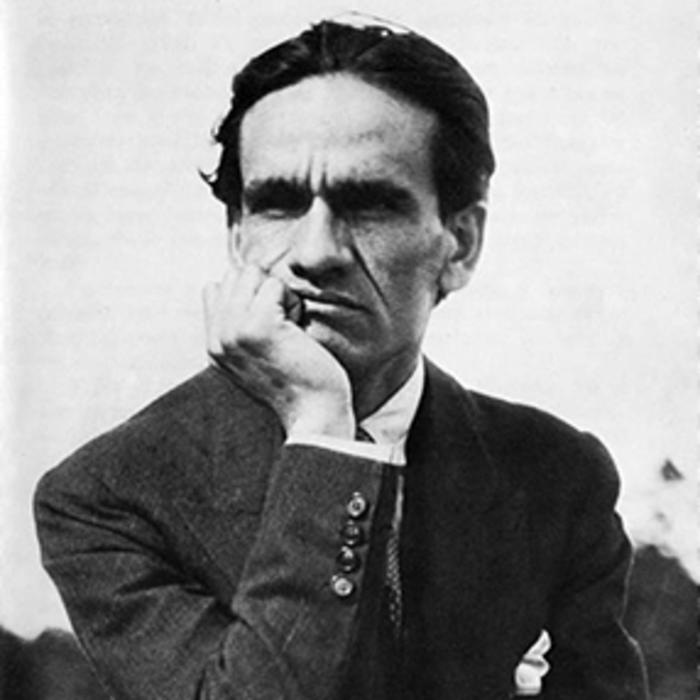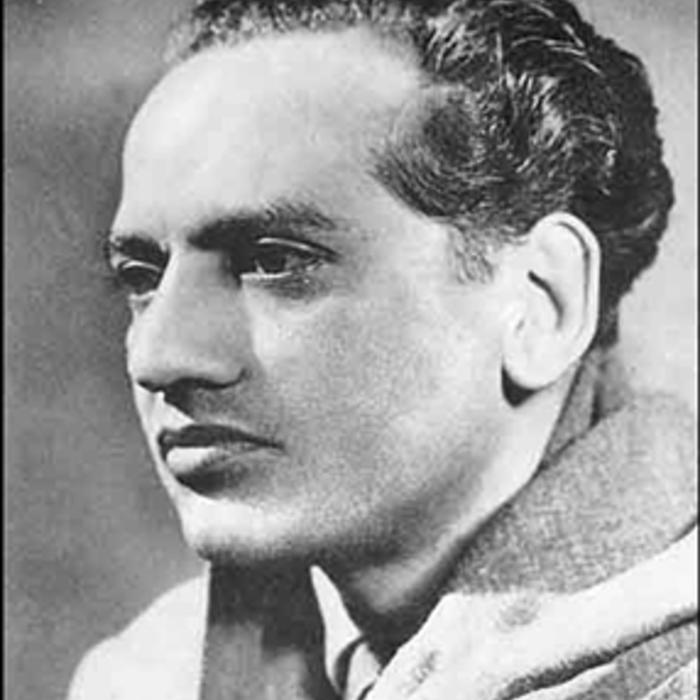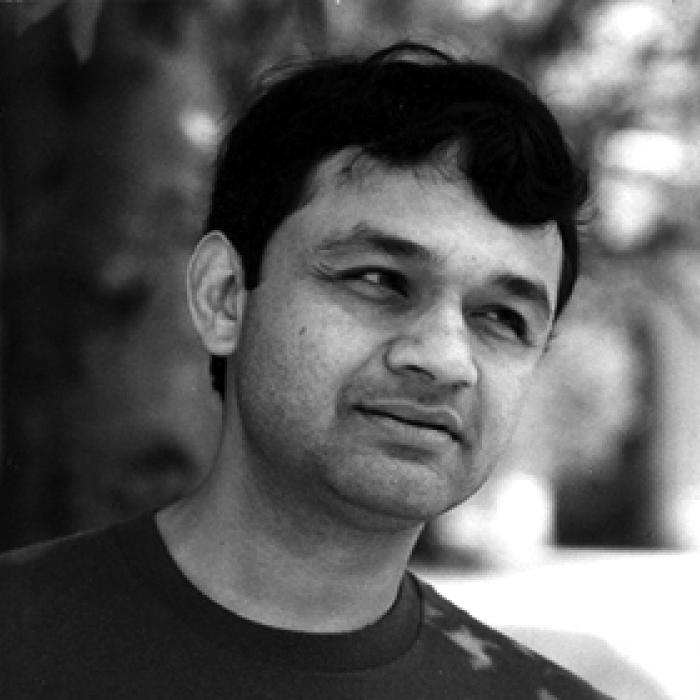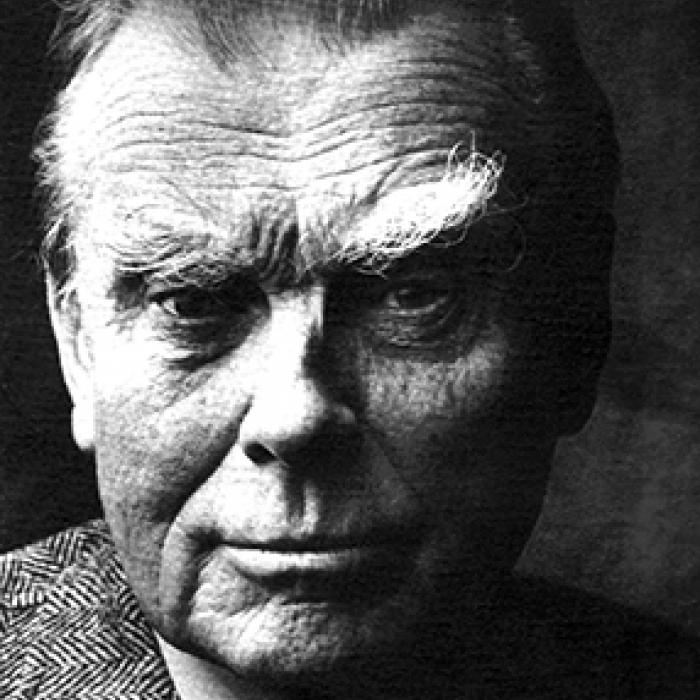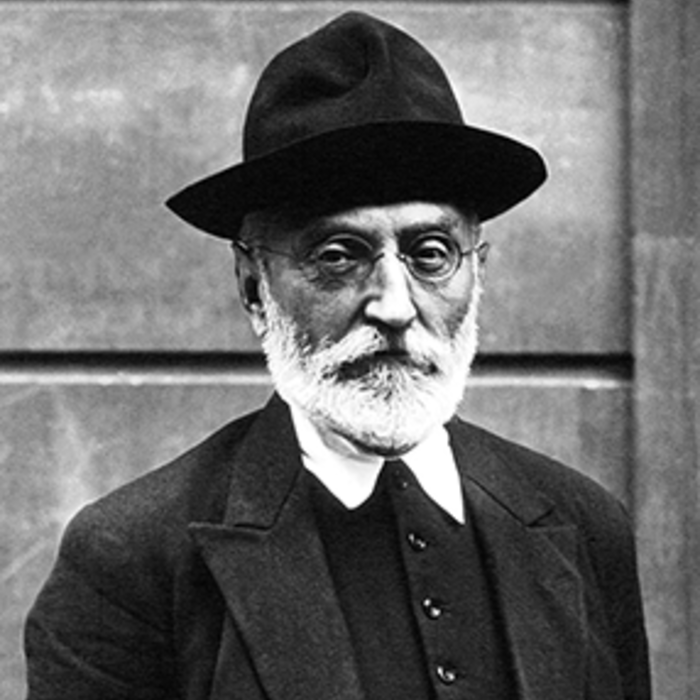José María Heredia
José María Heredia y Heredia, also known as José María Heredia y Campuzano, was born on December 31, 1803, in Santiago de Cuba. Heredia is considered to be the first poet of American Romanticism, especially in Latin America. He received a law degree from the University of Havana in 1823.
When he was sixteen, Heredia wrote “En el teocalli de Cholula,” a meditation on the ruins of a pre-Hispanic temple, which is considered among Heredia’s most accomplished works. Shortly after, he fled to Boston after an order for his arrest was issued by the Spanish dictatorship, for his involvement in a Cuban independence group known as the Caballeros Racionales. Heredia traveled between cities on the east coast of the United States for nearly two years, and wrote some of his most notable works, including “A Emilia,” “Placeres de la Melancolía,” and “Niágara,” which was published in Heredia’s first collection of poems, Poesías (Behr and Kahl, 1825).
In 1825, Heredia was offered a passport to Mexico by President Guadalupe Victoria, where he worked as an editor of the literary magazine El Iris. He became naturalized as a citizen of Mexico and continued to work in judicial, cultural, and educational institutions. He started a family with Jacoba Yáñez, but lost three of their six children to childhood diseases. In 1832, an expanded and revised edition of Poesías was published in Toluca, Mexico.
While navigating political distrust in Mexico, Heredia was granted permission to visit Havana in 1836 his first return since his exile. However, upon his return to Mexico, Heredia and his family experienced financial difficulty until his death on May 7, 1839.

